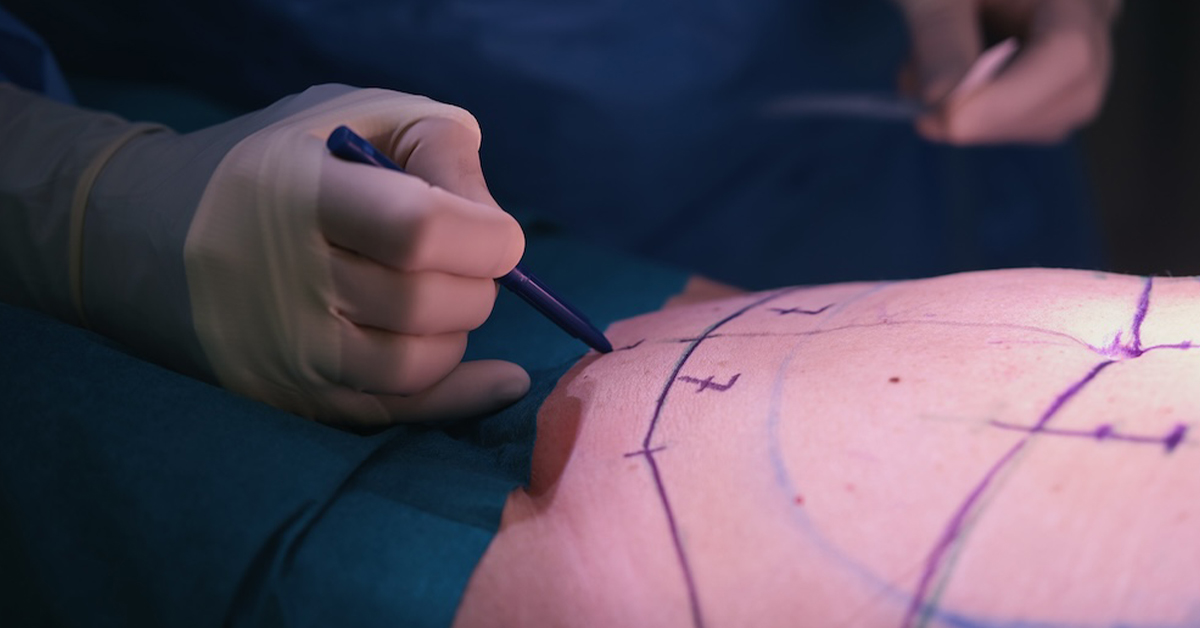Fat Transfer to Face, Pros and Cons: Is It Right for You?
In the world of cosmetic procedures, fat transfer to the face has emerged as a popular option for those seeking a more youthful and rejuvenated appearance.
This technique involves transferring fat from one part of the body to the face, offering a natural alternative to synthetic fillers. Here, we delve into the advantages and disadvantages of this procedure, providing insights for those considering it.
Understanding Fat Transfer to the Face
Fat transfer, also known as fat grafting or lipofilling, involves extracting adipose tissue (fat) from a part of the body where it’s abundant, like the abdomen or thighs. This fat is then purified and injected into the facial areas that need volume enhancement. Common targets include the cheeks, lips, and under-eye areas.
Pros of Fat Transfer to Face
- Natural Look and Feel: Since the filler material is the patient’s own fat, the results often look and feel more natural compared to synthetic fillers.
- Long-lasting Results: Fat transfer can offer enduring results, as a significant portion of the transferred fat integrates with the existing facial tissues.
- Safety: The risk of allergic reactions is minimal since the material used comes from the patient’s body.
- Dual Benefit: The procedure not only enhances the face but also contours the donor site, offering a dual benefit.
- Reduced Risk of Complications: Compared to other procedures, fat grafting has a lower risk of complications like infection or rejection.
Cons of Fat Transfer to Face
- Variable Results: The survival rate of transferred fat can be unpredictable, leading to variable results.
- Need for Multiple Procedures: Some patients may require multiple sessions to achieve the desired outcome.
- Recovery Time: The recovery period can be longer than with synthetic fillers, with swelling and bruising at both the donor and recipient sites.
- Cost: Fat grafting can be more expensive than other filler procedures due to its complexity.
- Potential for Irregularities: If not done correctly, there can be lumpiness or asymmetry in the treated areas.
Ideal Candidates for Fat Transfer
The best candidates for fat grafting are those in good health, with sufficient fat reserves for extraction, and realistic expectations about the outcomes. It’s also crucial for candidates to understand the potential risks and benefits of the procedure.
The Procedure: What to Expect
The process of fat transfer includes liposuction to extract the fat, purification of the fat, and then careful injection into the facial areas. The procedure typically takes a few hours and is often performed under local anesthesia.
Recovery and Aftercare
Post-procedure care is vital for optimal results. Patients should follow their doctor’s instructions, which might include avoiding strenuous activities and using special pillows to avoid pressure on the treated areas.
Comparing Fat Transfer with Other Fillers
While fat transfer offers natural-looking results and long-term benefits, synthetic fillers provide immediate results and require less recovery time. The choice between them depends on the patient’s preferences, budget, and desired outcomes.
Conclusion
Fat transfer to the face is an effective way to achieve a more youthful and natural appearance. However, like any cosmetic procedure, it comes with its set of pros and cons. It’s essential to consult with a qualified cosmetic surgeon to determine if this procedure is the right choice for you.
Frequently Asked Questions
Fat transfer to the face, also known as facial fat grafting, involves harvesting fat from one part of the body (like the abdomen or thighs) and injecting it into the face. This procedure enhances facial volume, contours, and reduces signs of aging. The process involves three steps: extracting fat using liposuction, processing and purifying the fat, and then carefully injecting it into facial areas needing augmentation.
The pros of fat transfer to the face include:
Natural Results: Uses the patient’s own fat, ensuring a natural look.
Long-Lasting: Offers more permanent results compared to fillers.
Dual Benefit: Reduces unwanted fat in the donor area.
Safe: Lower risk of allergic reactions since it uses the patient’s own tissues.
Improved Texture: Can enhance skin quality and texture.
The cons of facial fat transfer include:
Variable Absorption: Some of the transferred fat may not survive, leading to less predictable results.
Swelling and Bruising: Common after the procedure, taking weeks to subside.
Longer Recovery: Compared to dermal fillers, recovery can be more prolonged.
Surgical Risks: As with any surgery, there are risks like infection or complications from anesthesia.
Need for Multiple Procedures: Sometimes multiple sessions are needed to achieve desired results.
Ideal candidates for fat transfer to the face are individuals who:
Have lost facial volume due to aging or weight loss.
Possess good skin elasticity.
Are in overall good health.
Have realistic expectations about the outcome.
Do not smoke, as smoking can affect healing and fat survival.
The recovery process after facial fat transfer involves:
Initial Downtime: Usually a few days to a week for initial swelling and bruising to subside.
Activity Restrictions: Avoid strenuous activities for a few weeks.
Swelling and Bruising: Can last for a few weeks, gradually improving.
Final Results: Visible once swelling subsides, usually within a few months.
Follow-up Visits: Necessary to monitor the healing process and results.
Facial Fat Transfer in Miami, FL
To initiate your Facial Fat Transfer journey in Miami, it’s essential to schedule a consultation with our team. If you’re interested in learning more about the procedure, call us now at (305) 406-9055 or conveniently schedule a consultation online. Our experienced professionals will guide you through the process and address any concerns you may have.








